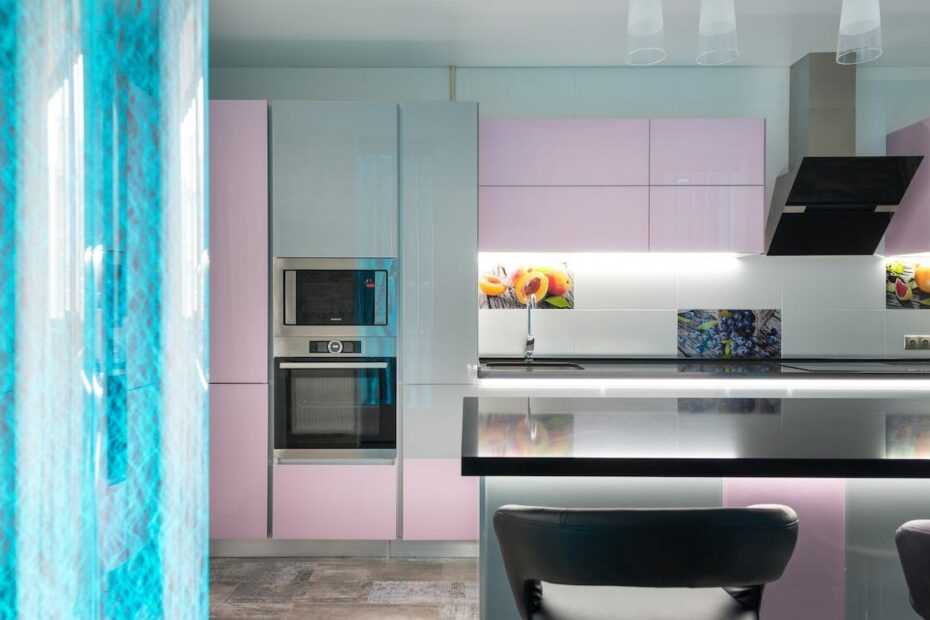The modern kitchen is full of tech; from kettles, microwaves, and slow cookers, these are just some to name. The rise in tech has also been accompanied with the rise in a desire to save energy. You can easily make your kitchen tech more energy efficient in simple ways.
Choose energy-efficient appliances
If you’re looking for a new appliance in your home, you can look for an energy-efficient appliance. Check any purchases for the Energy Efficiency Label to see how efficient it is. At the same time, look for specific settings such as an ECO mode which are often found on newer models of appliances.
Mindful cooking techniques
You can save energy with the way you use your appliance. For example, using lids on pots when cooking can help to retain the heat and significantly reduce the cooking time compared to cooking without the lid. Similarly, use the correct sort of pan for the hob that you‘re cooking on to get the best results and reduce cooking times. You can also ensure you are fully utilising your oven by cooking multiple dishes at once to reduce the amount of time the cooker is operating for.
Efficient use of microwaves
If you’re reheating food or cooking a ready meal and you have to choose between the microwave and the oven, we recommend using the microwave. A microwave will use less energy than an oven which will help to reduce the overall energy used in the kitchen.
Water-saving dishwashing
You can save water and energy from dishwashing by ensuring you are fully maximising the dishwasher programme. This means filling the dishwasher with dishes, rather than cleaning a few items. Of course, be sure not to overload and check your user manual for specific instructions regarding load sizes.
Unplug standby appliances
Did you know that appliances can use energy when in standby if they are plugged in? These can contribute to the energy usage in the kitchen. To combat this, we recommend unplugging appliances such as kettles and toasters when not in use.
LED lighting
The lighting used in your kitchen can also be a small area you can change to improve the energy-efficiency. You can opt for LED bulbs to replace halogen bulbs. These use less energy and can make an impact as these bulbs are typically turned on for most of the time you are using the kitchen. You can also opt for different light positioning, such as under cupboard lighting so that you can light specific areas needed rather than lighting up the entire kitchen.
Regular maintenance
Keep all your appliances well-maintained to stay efficient. It varies by appliance, so check your user manual for specific instructions. For example, if you’re a lover of hot beverages, then you are likely to be using the kettle frequently. Limescale can build up in kettles, usually covering the heating element, which can result in longer boil times. Descale regularly to prevent this and reduce the boil time. All maintenance will improve both the efficiency of your product and its longevity.
Plan ahead
To reduce the need for last-minute defrosting and cooking, try to plan ahead to consider any items you may have to thaw out. By doing this, you can remove any items from your freezer to thaw overnight rather than use a defrost setting on the microwave. Things like this can help save energy in small ways that all add up.
Conclusion
You can use these energy-saving tips to make your kitchen more efficient. Choose more efficient appliances and adopt energy-saving habits to really make a difference in conserving energy in your household.
